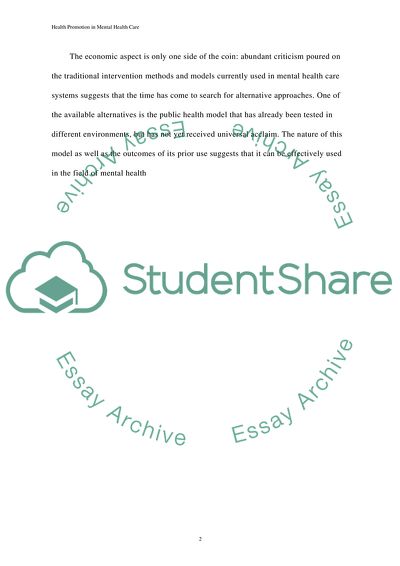Cite this document
(“Health promotion in mental health nursing Essay”, n.d.)
Health promotion in mental health nursing Essay. Retrieved from https://studentshare.org/miscellaneous/1546758-health-promotion-in-mental-health-nursing
Health promotion in mental health nursing Essay. Retrieved from https://studentshare.org/miscellaneous/1546758-health-promotion-in-mental-health-nursing
(Health Promotion in Mental Health Nursing Essay)
Health Promotion in Mental Health Nursing Essay. https://studentshare.org/miscellaneous/1546758-health-promotion-in-mental-health-nursing.
Health Promotion in Mental Health Nursing Essay. https://studentshare.org/miscellaneous/1546758-health-promotion-in-mental-health-nursing.
“Health Promotion in Mental Health Nursing Essay”, n.d. https://studentshare.org/miscellaneous/1546758-health-promotion-in-mental-health-nursing.


